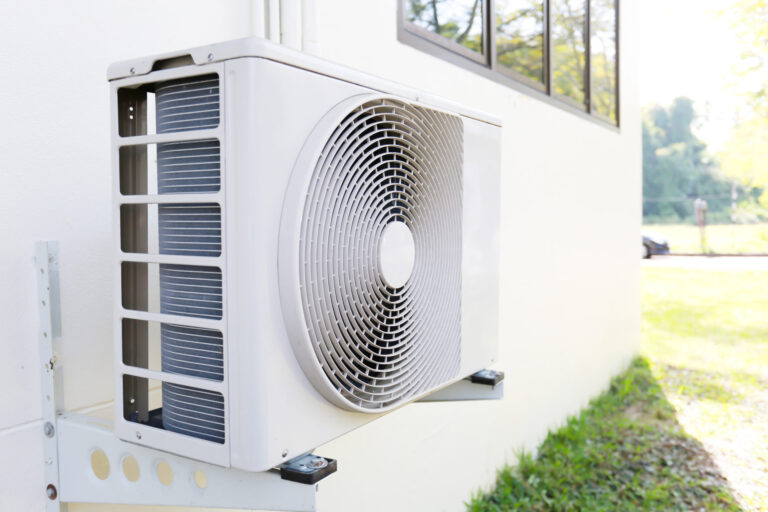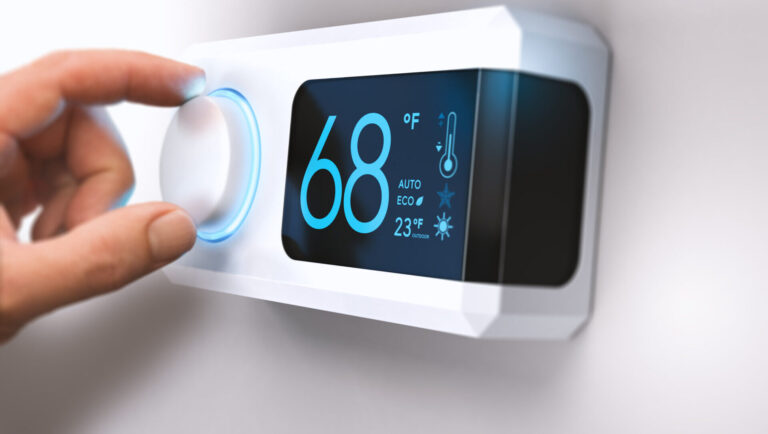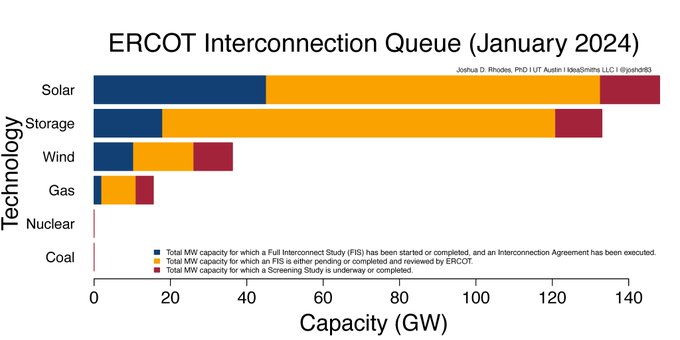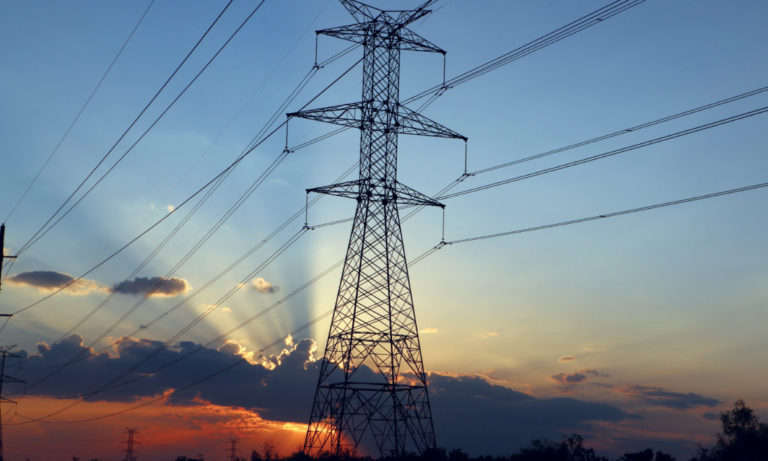February 7, 2023
By Cavan Merski
Energy-efficient homes provide a variety of benefits to customers and the grid. For customers, they can save money in the long term by reducing the amount of energy needed to keep a home running. For the grid, less overall power demand means less need for more generation and lower climate and air pollution.
But energy efficiency can be leveraged to produce even more bang for its buck by enabling certain types of demand response.
For most homes, the largest thermal cycling loads are HVAC systems, water heaters and refrigerators. These systems cycle on and off to keep the air or water they condition at a constant temperature. If these cycles are regular and predictable, it’s possible to reschedule them forward or backward in time to prevent them from stacking on top of each other (or on top of a neighbor’s cycle). Across thousands of homes, this would minimize the overall peak load on the grid. This load scheduling and flexing can be done with minimal impacts on comfort while achieving a significant demand response power reduction.
Consider one example most people in Texas are familiar with: air conditioning on a hot summer day. HVAC systems cycle on more frequently and for longer durations as outside air temperature increases. Simply put, when it’s hot outside your HVAC system has to work harder and longer to keep your house cool. Even homes with tight thermal envelopes (good insulation, sealed windows) and an energy-efficient air conditioner have to work harder on hot days. But because of their efficiency, their air conditioners are still able to cycle on and off. A “leaky” home with an inefficient air conditioner, however, may never reach its temperature setpoint and will run indefinitely. This phenomenon can be observed in the graph below, which shows two samples of ten homes each from our Austin, TX testbed. Each line represents the HVAC system load of one home, normalized by square footage.
 Though all these homes are experiencing the same outside air temperature, they cycle on and off at different intervals based on the efficiency of the HVAC system, how well it is sized to the home and the thermal envelope characteristics of the structure. Importantly, the more energy-efficient homes with properly sized HVAC systems cycle on and off regularly, even at the hottest hours of the day. Homes that run constantly for hours during peak demand have a leaky thermal envelope or their HVAC system is undersized for the home. For inefficient homes, this adds up to more total power used, more power used at a given time, higher energy bills, and more electricity-related climate and air pollution.
Though all these homes are experiencing the same outside air temperature, they cycle on and off at different intervals based on the efficiency of the HVAC system, how well it is sized to the home and the thermal envelope characteristics of the structure. Importantly, the more energy-efficient homes with properly sized HVAC systems cycle on and off regularly, even at the hottest hours of the day. Homes that run constantly for hours during peak demand have a leaky thermal envelope or their HVAC system is undersized for the home. For inefficient homes, this adds up to more total power used, more power used at a given time, higher energy bills, and more electricity-related climate and air pollution.
These two samples are aggregated together in figure 2a (below, left). The less efficient homes have a relatively constant demand that is much higher than the energy-efficient homes. From a distribution or energy usage perspective, this isn’t ideal because all systems are drawing their maximum load for hours. Energy-efficient homes use much less energy overall, but they still occasionally spike when all the homes are cycled on at the same time.
 These spikes are where demand response can be deployed to flex the HVAC cycles and smooth out demand to lower peak load. The inefficient home sample needs to run continuously during hot afternoons and can’t cool the home to the thermostat setpoint. Thus, it isn’t possible to flex their load because they are always running at peak load. If homes in the inefficient sample improve their system efficiency and thermal envelope, they could enable load cycling at peak demand and become able to participate in this demand response activity.
These spikes are where demand response can be deployed to flex the HVAC cycles and smooth out demand to lower peak load. The inefficient home sample needs to run continuously during hot afternoons and can’t cool the home to the thermostat setpoint. Thus, it isn’t possible to flex their load because they are always running at peak load. If homes in the inefficient sample improve their system efficiency and thermal envelope, they could enable load cycling at peak demand and become able to participate in this demand response activity.
Figure 2b (above, right) shows the result of a simple load synchronization algorithm on the sample of efficient homes with cycling HVAC systems. During 57 minutes of the afternoon, the sample had a total load greater than 12kW and a peak of 16kW. By precooling a home slightly or delaying a cooling cycle by less than 5 minutes at a time, the sample peak demand never climbs above 12kW – a 25% reduction from the peak demand in Figure 2a. Load synchronization algorithms designed to optimize load cycling without a noticeable difference in performance are a huge opportunity for demand response programs, particularly on the hottest days of the year when demand response is needed the most.
Pecan Street is currently collaborating with researchers at the University of Michigan to coordinate and flex HVAC cycles at a sample of participant homes to test this capability. With more research into algorithmic HVAC cycling and increased communication between home loads, utilities and grid operators, this demand response in thermal cycling loads can be a vital grid resource at times of peak demand.
The bottom line is that the more efficient our homes are, the more flexibility we have to make every kilowatt work smarter. And what we can do with air conditioning, we can do with other big loads, too, like dryers, EV chargers, and water heaters.


















